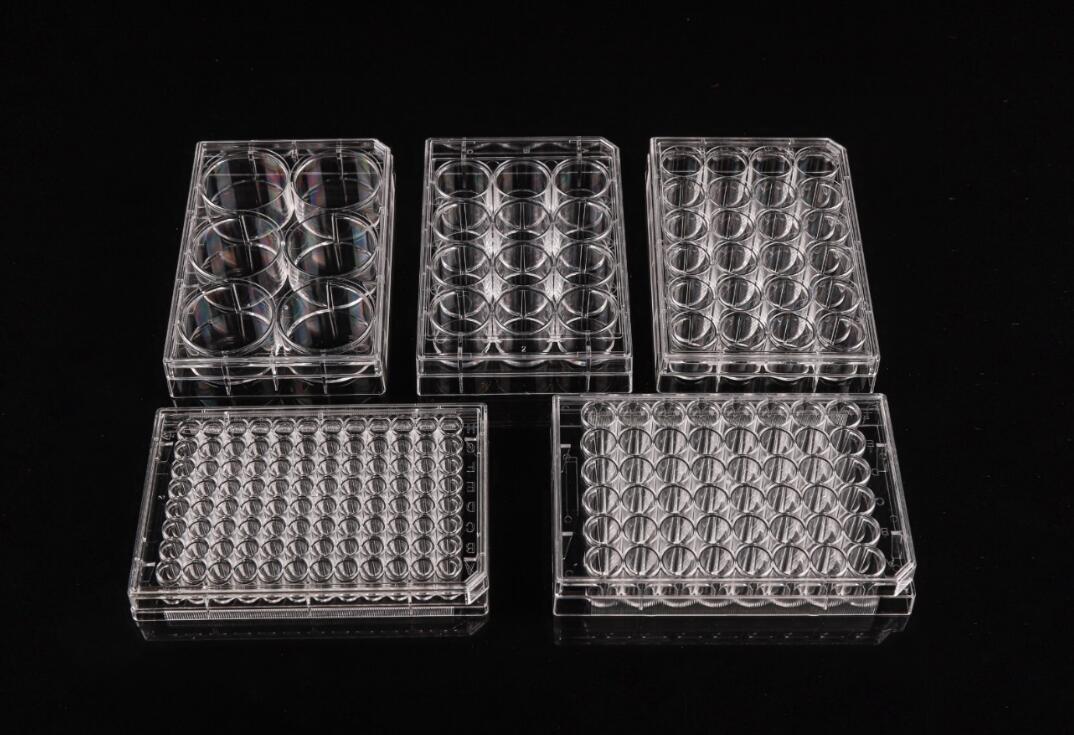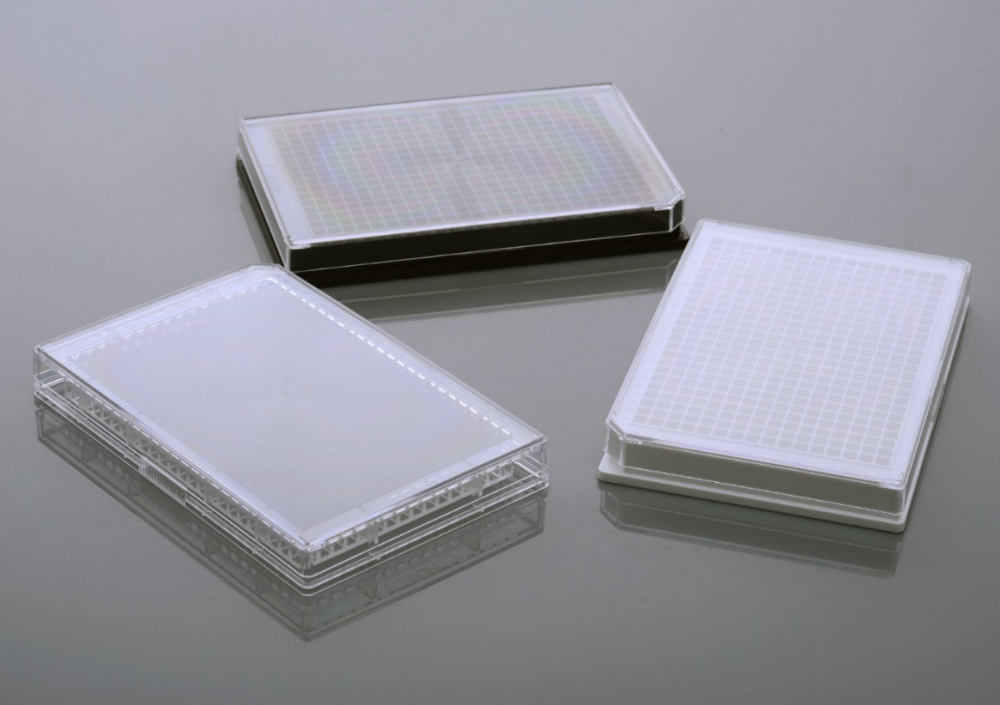In recent years, soil pollution has often been reported at the newspaper, soil remediation is also a sudden emergence, especially after the promulgation of ten soil, but also the rapid development. However, in order to rehabilitate the soil, we must first grasp the soil condition. Top ten cultivated land "soil disease" prevalent repair techniques need to be strengthened Almost all measures of crop production on cultivated land have to be effective through the soil. A good measure will not only be good for crops but also for soils. If some measures are good for crops and harmful to soils, not only Its limited role in crops also affects soil health, causing "sub-health", "morbidity" and even death in the soil. Common cultivated soil disease has the following 10 species: 1. Tillage shallow. In the long-term not deep plowing deep plowing and mechanical farming rolling, trampling conditions, arable land plow layer from the past 20 to 30 cm into about 15 cm, together with rainfall, irrigation solid, "plow" position up and thicker , Become a hard and deep barrier, hinder the soil moisture, nutrients and air up and down the operation, hinder crop roots under the bar extended, reduced soil water storage, drought resistance, soil nutrient availability and crop nutrition deteriorated. 2. Reduction of soil organic matter. First, the long-term application of less or less manure, the lack of straw in the field, no green manure, soil organic matter can not be added; the second is the excessive application of chemical nitrogen fertilizer, and beyond the soil load of high-yielding, frequent topsoil farming, then aggravate The depletion of soil carbon, resulting in reduced soil organic matter content. The reduction of soil organic matter will lead to the destruction of soil structure and soil compaction, soil fertility decline, soil physical and chemical properties and biological deterioration, soil acidification and secondary salinization, soil-borne diseases, soil purification capacity decreased. 3. Soil compaction. Due to the lack of organic matter in cultivated land and unreasonable tillage and irrigating, fertilizer was applied in a large amount, soil acidification, secondary salinization of soil, destroying the soil mass knots and soil compaction. Soil compaction directly leads to soil-plant system lack of oxygen, lack of water and lack of fertilizer, which affects the material conversion and energy exchange of soil plant-plant system, and even some physiological activities and life metabolism can not be normalized or terminated, Conversion. Soil acidification. Due to the long-term excessive use of physiological acid fertilizers and chemical nitrogen fertilizer, the acidic substances in the soil are increasing and accumulating. The alkaline substances such as calcium, magnesium and the like in the soil are absorbed or leached by the crops to reduce, lacking the necessary supplementary regulation and making the soil appear acidified phenomenon. Soil acidification will accelerate the impoverishment of soils, activation of soil-damaging heavy metals, increase of soil-damaging microbes, especially parasitic fungi, and soil-borne diseases. 5. Secondary soil salinization. Due to long-term excessive use of chemical fertilizers, so that the soil continued to accumulate salt, especially nitrate accumulation even worse. The salinity with soil moisture up to the surface of the aggregate, the formation of secondary salinization of the soil surface soil structure damage, physical and chemical properties of the deterioration, ranging from the impact of seed germination, hinder nutrient absorption, poor crop growth, while causing the plant physiological drought, Nutritional disorders, salt damage, death. Even lose the value of agricultural use.
Features
Cell Culture Plates,Microscope Cover Glasses,Cell-Seeded Coverslips,Microscope Cover Glass Cover Slip Wuxi NEST Biotechnology Co.,Ltd , https://www.nest-biotech.com

Top ten cultivated land "soil disease" prevalent repair techniques need to be strengthened
NEST cell culture plates have round edges for better handling. Low profile, low-evaporation lid design assure uniform growth. Tissue treatedand non-treated are both available. Non-treated growth surface is more hydrophobic than tissue culture surface and are similar to the surfaceof a bacteriological Petri dish. Small feet on the bottom corners of each plate eliminate scraping of the microscope lens.
• Sterilized by E-beam, SAL=10^-6.
• High clarity, 100% virgin polystyrene.
• "TC" refers to vacuum plasma tissue culture treatment.
• Clear lot number for batch traceability.
• Markings of well coordinates available for 12, 24, 48 and 128 well plates.
• Non-Pyrogenic, DNase/Rnase free.